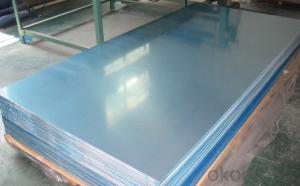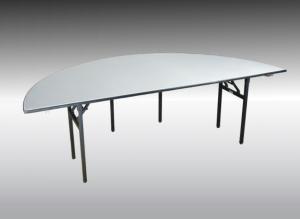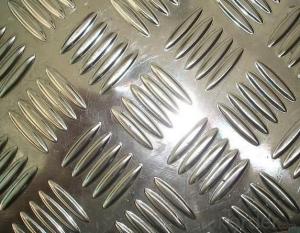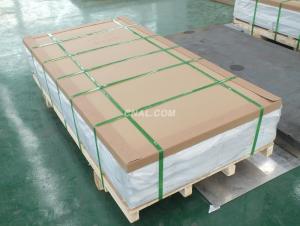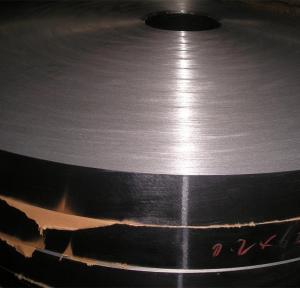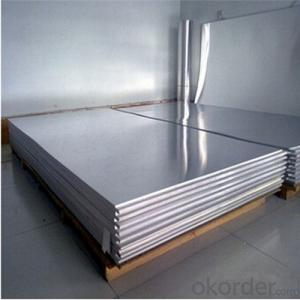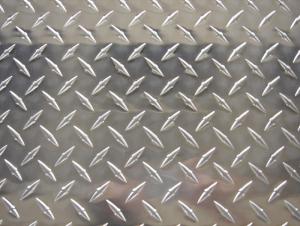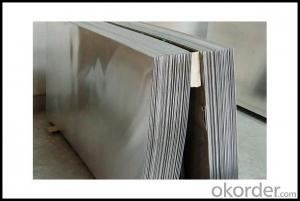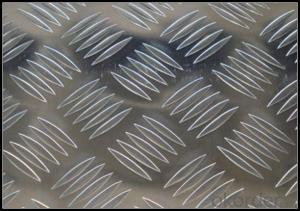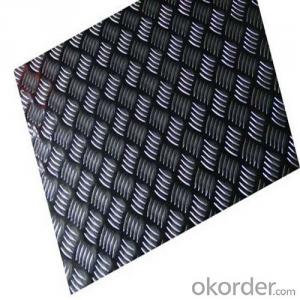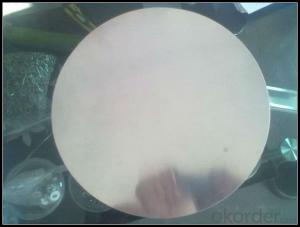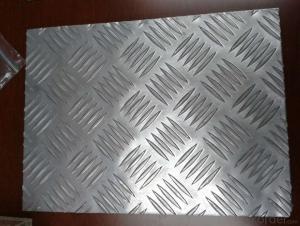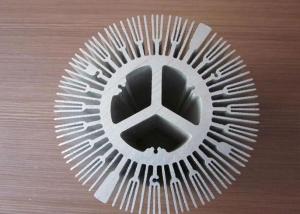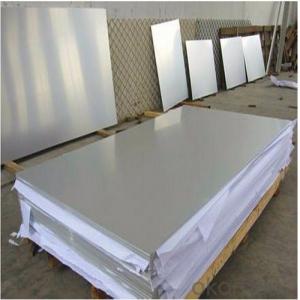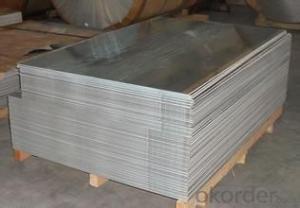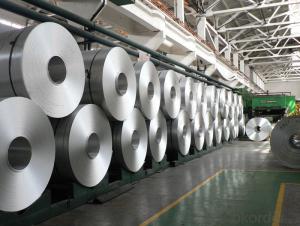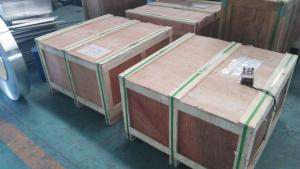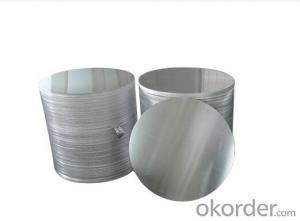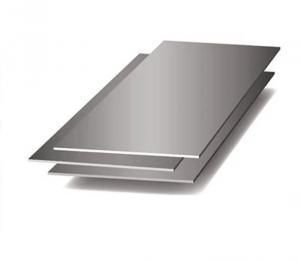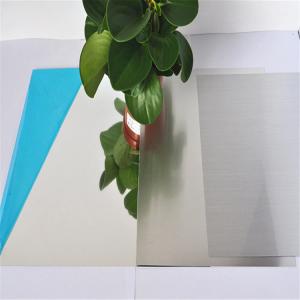48 X 96 Aluminum Diamond Plate
48 X 96 Aluminum Diamond Plate Related Searches
24 X 48 Aluminum Diamond Plate 48 X 48 Aluminum Plate 1 16 Inch Aluminum Diamond Plate 4 X 8 Aluminum Diamond Plate 4 X 8 Diamond Plate Aluminum 1 16 Aluminum Diamond Plate 12x24 Diamond Plate Aluminum 1 8 Aluminum Diamond Plate 4x8 3 16 Aluminum Diamond Plate 4 8 Aluminum Diamond Plate 1 4 Aluminum Diamond Plate Aluminum Black Diamond Plate Polished Aluminum Diamond Plate 1 8 Inch Aluminum Diamond Plate Black Aluminum Diamond Plate 4x8 Aluminum Diamond Plate White Aluminum Diamond Plate 1 8 Inch Diamond Plate Aluminum 16 Gauge Aluminum Diamond Plate 1 8 Aluminum Diamond Plate 4 X8 125 Aluminum Diamond Plate Aluminum Diamond Plate 4x8 4x8 1/4 Aluminum Diamond Plate 4x8 3/16 Aluminum Diamond Plate Buy Aluminum Diamond Plate 1 2 Aluminum Diamond Plate 4x8 1 4 Aluminum Diamond Plate 1 4 Inch Aluminum Diamond Plate 4x8 Diamond Plate Aluminum 1 8 Black Aluminum Diamond Plate48 X 96 Aluminum Diamond Plate Supplier & Manufacturer from China
The 48 X 96 Aluminum Diamond Plate is a type of metal sheet that features a distinctive diamond-shaped pattern, providing both aesthetic appeal and enhanced traction. This durable and lightweight product is made from high-quality aluminum, making it suitable for a variety of applications. The aluminum diamond plate is known for its corrosion resistance, strength, and ease of maintenance, which makes it a popular choice in various industries.The 48 X 96 Aluminum Diamond Plate is widely used in a range of settings, from industrial flooring and walkways to ramps and stair treads. Its slip-resistant surface ensures safety in wet or oily conditions, while its sleek design complements modern architectural styles. This product is also ideal for use in commercial kitchens, loading docks, and other areas where a non-slip surface is essential. The aluminum diamond plate can be easily cut and customized to fit specific dimensions, making it a versatile solution for various applications.
Okorder.com is a leading wholesale supplier of the 48 X 96 Aluminum Diamond Plate, offering a vast inventory to cater to the needs of businesses and individuals alike. With a commitment to providing high-quality products at competitive prices, Okorder.com ensures that customers receive the best value for their investment. By partnering with Okorder.com, customers can benefit from their extensive experience in the industry and access to a wide range of aluminum diamond plate products.
Hot Products



